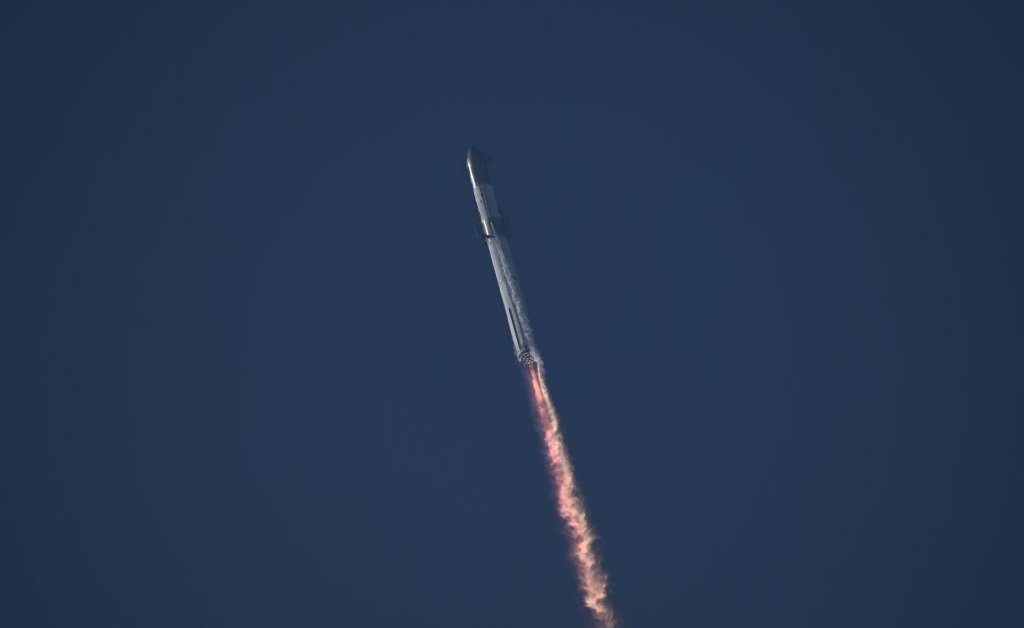Probably. They are mostly just massive hollow tubes after they have used their fuel. Surely it wouldn’t have been too hard to put retarding (careful Trudeau...this is actually a non offensive word in this context) parachutes on the boosters and inflatable floats (like on the Saturn V return capsule) on them? Big hook attachment points and a heavy lift helicopter?
Maybe this is is why I don’t work for NASA though.
NASA is funding SpaceX and contracted them because they are doing what they so far have not been able to achieve. Up until now most things sent to space stay floating in space, burn up re entering the earths atmosphere, or lands in the ocean like you mentioned but are not reusable. The difference with SpaceX is they are starting to land everything back on earth with no damage, to be reused/relaunced.
The first privately funded liquid-fueled rocket to reach orbit (Falcon 1 Flight 4 — September 28, 2008
The first privately funded company to successfully launch, orbit, and recover a spacecraft (Falcon 9 Flight 2 — December 9, 2010)
The first private company to send a spacecraft to the International Space Station (Falcon 9 Flight 3 — May 25, 2012)
The first private company to send a satellite into geosynchronous orbit (Falcon 9 Flight 7 — December 3, 2013)
The first landing of an orbital rocket's first stage on land (Falcon 9 Flight 20 — December 22, 2015)
The first landing of an orbital rocket's first stage on an ocean platform (Falcon 9 Flight 23 — April 8, 2016)
The first relaunch and landing of a used orbital rocket (Falcon 9 Flight 32 — March 30, 2017)
The first controlled flyback and recovery of a payload fairing (Falcon 9 Flight 32 — March 30, 2017)
The first reflight of a commercial cargo spacecraft. (Falcon 9 Flight 35 — June 3, 2017)
The first privately funded payload to escape Earth's gravity. Two of the three boosters of the same launch were successfully recovered. (Falcon Heavy Test Flight - February 6, 2018





















